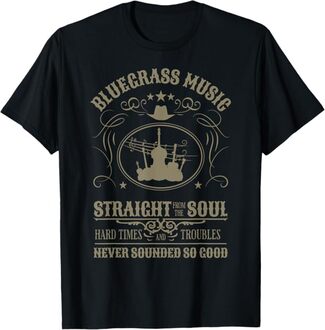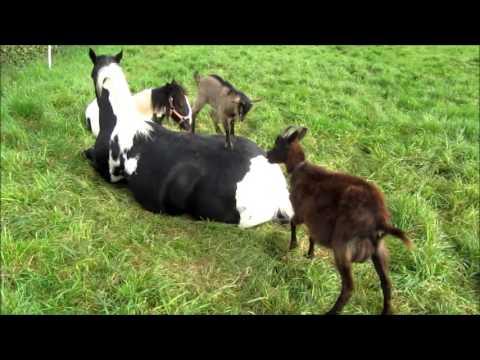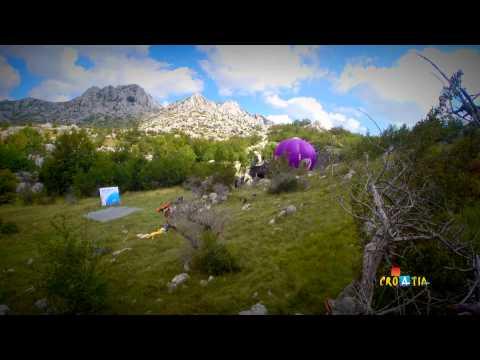Blue Jays are found in nearly every Province of Canada and in the majority of the United States, most people are familiar with this large, crested jay.
Their scientific name Cyanocitta cristata is derived from the Latin and Greek words that mean crested blue chattering bird. Appropriate since they are quite vocal, most people know them by their noisy jeer call, these jays do make a whole bunch of other more pleasing sounds, and can even mimic the calls of other birds, like hawks.
Male and Female Blue Jays are of similar size and weight. They also have the same plumage. This can make it next to impossible to distinguish them between sexes. One great way, though to discern them, especially in Spring when they are highly vocal is by listening to their sounds. The rattle call is only made by females, and often when in the company of other jays and their mate. There is also another call, a louder more often heard one. The Squeaky gate, there are two versions though.
These omnivores have a wide diet, mostly insects in the summer, and nuts and seeds overwinter. They are also known to eat cat food left outside and will even chip pale-colored house paint, which has limestone, a source of calcium This is what the jays are after since as with many other songbirds, they cannot store enough calcium in their body. In Spring, when egg-laying arrives and if snow is still covering the ground they cannot obtain natural sources in the environment, so somehow they know that house paint has it and may get busy chipping it off to eat.
A very fun thing about these birds is the fact it can be easy to tell each jay apart that is of course if you can observe their distinct individual features up close and on a regular basis. This is thanks to a lot of reasons, but most striking is that black bridle that runs across the face, nape, and throat. These markings vary quite a bit between individual jays and are even thought to help blue jays recognize one another. If you would like to learn how to tell Blue Jays apart I did a video a couple of years ago and will link it in the description.
Belonging to the highly intelligent family of birds, known as the Corvidae or corvid family, which includes crows, ravens, magpies, and jackdaws to name a few, Blue Jays are pretty darn smart too.
I don’t know any other wild bird nearly as good as I know Blue Jays. The amount of time I’ve spent with the flock in my area for the last 12 years is just well a lot.
I hope you enjoy these few facts on the spunky and jolly Bule Jay.
Thanks for watching Happy Spring Birding.
Timestamps
00:00 Intro
00:39 What does Cyanocitta cristata mean
00:45 Blue Jay jeer call
00:55 Blue Jay imitating a hawk
01:43 Female Blue Jay rattle call
02:05 Blue Jay squeaky gate call
02:33 What Blue Jays like to eat
03:09 How to tell what mood a Blue Jay is in
04:14 Do all Blue Jays look the same
05:06 What is a Gular pouch used for
05:41 Are Blue Jays smart
06:28 Closing thoughts
- Category
- Pets And Animals
- Tags
- lesleythebirdnerd, birdwatching, leslie the bird nerd, north american birds, How to tell Blue Jays apart, what is the difference in a male and female blue jay, facts about blue jays, Cyanocitta cristata, Blue Jay calls and sounds, Blue Jay mimicking a hawk, Blue Jay imitating a hawk, Blue Jay jeer call, Blue Jay squeaky gate call, What do Blue Jays like to eat, Male and female Blue Jays look the same, Smart corvids, how to attract a blue jay, Information on the bird blue jays














Blue Jays will alert other birds when they find a snake. When I see several Jays together and they are squawking and dive bombing in, I know they are targeting a snake.
I learn a lot about birding from Lesley. The Bird Nerd indeed.